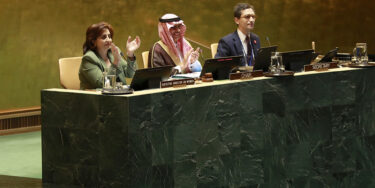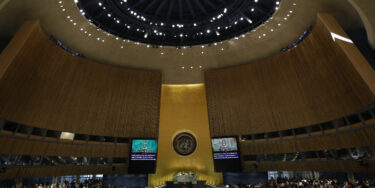Fed-up Iranian women organize to take more seats in parliament
18.01.16
Nine women and 281 men. Such is the composition of the Iranian parliament. Rights activists believe this lopsided gender imbalance is one reason why so many discriminatory laws against women have been passed by the current legislature, in office since 2012.
Ahead of the upcoming Feb. 26 parliamentary elections, a group of women’s rights activists organized Changing the Male-Dominated Face of the Parliament, a campaign to address the dearth of women in the legislature.
The campaign criticizes incumbent female members of parliament’s failure to pursue women’s rights and also encourages Iranian women to participate in the next elections as candidates as well as voters. The goal, stated on the group’s website, is to win “at least 50 seats for egalitarian women.” To achieve this objective, members of the campaign have also formed committees such as Red Cards for Anti-Women Candidates, I Will Be a Candidate and 50 Seats for Egalitarian Women.
So far, the number of registered female candidates for this year’s election is three times greater than the number who registered to run in 2012. It is unclear, however, how many of the 1,234 prospective candidates will be disqualified by the Guardian Council, which vets all registered hopefuls. In addition, an unprecedented 16 women have also registered to run in Assembly of Experts elections, to be held concurrently with the parliamentary balloting.
In the 1980 legislative elections, the Islamic Republic’s first, only four women earned seats. Serving alongside 324 male counterparts, these female members of parliament comprised slightly more than 1% of representatives. More broadly, with the exception of the fifth parliament, which took office in 1996, the percentage of women members of parliament has never exceeded 6%. In the current parliament, only 3% of members of parliament are female.
By Zahra Alipour
Read the full article on the Al Monitor website



